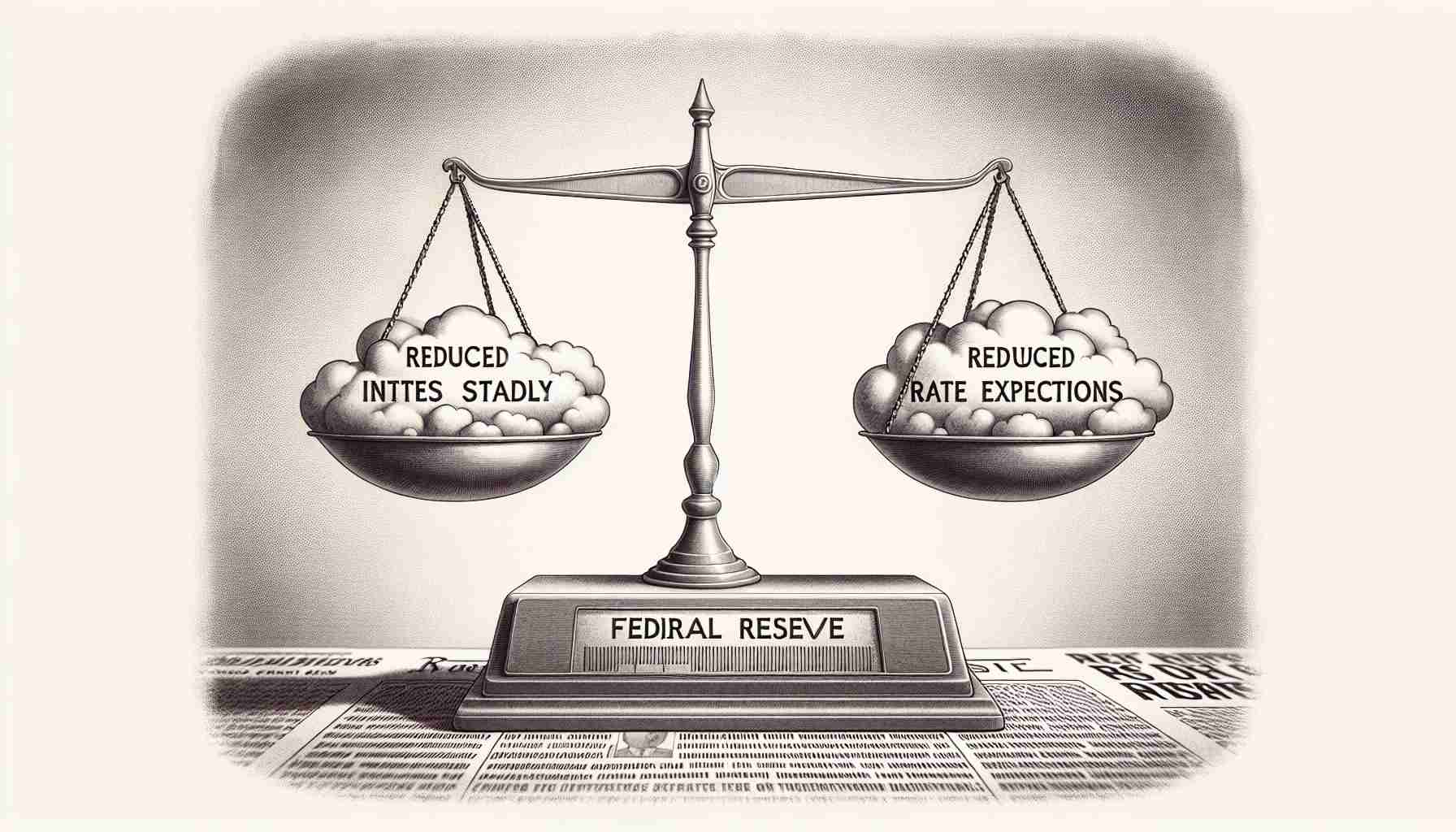The U.S. Federal Reserve keeps its interest rate unchanged at 5.25% to 5.50%, signaling no immediate plans to alter the current monetary policy stance. This decision, announced in the early hours of June 13, was anticipated by the market and thus did not result in significant surprises.
A noticeable update in the Fed’s statement includes a more positive tone regarding inflation progress, where the previous “lack of further progress” has been adjusted to “a modest further advance”. Additionally, detailed phrasing pertaining to changes in the balance sheet reduction has been omitted, with a general continuation of reducing U.S. Treasuries, agency debt, and agency mortgage-backed securities being mentioned instead.
Shifts in interest rate expectations reflected in the “dot plot” show a stark decrease in the strength of the officials’ predictions for rate decreases this year. Contrary to the three cuts forecasted previously, now the outlook suggests barely one rate decrease. Out of 19 officials providing predictions, none see the end-of-year rates dipping below 4.75%, and the majority do not foresee a triple rate reduction within the year.
Adjustments in the median value for the federal funds rate foresees a 5.1% value at the end of 2024, which is a 50 basis point increase over March expectations. For the subsequent years, slight upward revisions have also been applied, although the rate for the end of 2026 remains unchanged from earlier projections.
Fed Chair Jerome Powell emphasizes economic progress, indicating advancements in employment and inflation, with recent data presenting a more favorable situation, albeit still not assuring enough to warrant a rate decrease at present.
Market reactions remained mixed, with the major U.S. stock indices having varied closes. Technology giants like Apple saw significant gains, spurred by investor confidence in their growth potentials.
Precious metals experience volatility surrounding the Fed’s announcement, with gold and silver initially surging but losing momentum post-declaration, highlighting the delicacy of market movements in reaction to monetary policy decisions.
When the Federal Reserve holds interest rates steady, it can have various implications for different sectors of the economy. Some key questions that arise from such a decision include:
1. How does holding interest rates steady affect consumer borrowing and spending?
Keeping interest rates unchanged often means consumer borrowing costs, such as for mortgages and credit cards, remain stable. This can maintain or potentially increase consumer spending if people feel secure about their financial stability.
2. What does this decision suggest about the Fed’s confidence in the economy?
The decision to hold rates indicates that the Fed may see the economy as being strong enough to withstand external pressures without the need for lower rates to stimulate growth. It also suggests that they are comfortable with the current level of inflation or that inflation is trending towards their target.
3. How might this affect the stock market and investor sentiment?
Holding rates steady can sometimes boost investor confidence, as it may be perceived as economic stability. However, it can also lead to mixed reactions if investors were anticipating a rate cut to bolster economic growth.
Some advantages of the Fed’s decision to keep rates steady include:
– Maintaining economic stability: It can prevent the economy from overheating or encourage continued steady growth without adding inflationary pressure.
– Encouraging responsible borrowing: Steady rates can discourage risky borrowing and lending practices that may lead to economic bubbles.
Potential disadvantages include:
– Slower economic growth: Without rate cuts, the economy might not receive a boost that could encourage faster growth or recovery in times of uncertainty.
– Inadequate response to future downturns: By not reducing the rates, the Fed might have less room to maneuver if the economy starts to deteriorate.
Key challenges and controversies associated with holding interest rates steady involve balancing the need to foster economic growth with the necessity of preventing inflation. There’s also debate on how much the Fed should intervene in the economy versus allowing market forces to determine outcomes.
For further information about the Federal Reserve and their functions, you can explore the Federal Reserve’s official website by following the link Federal Reserve.
